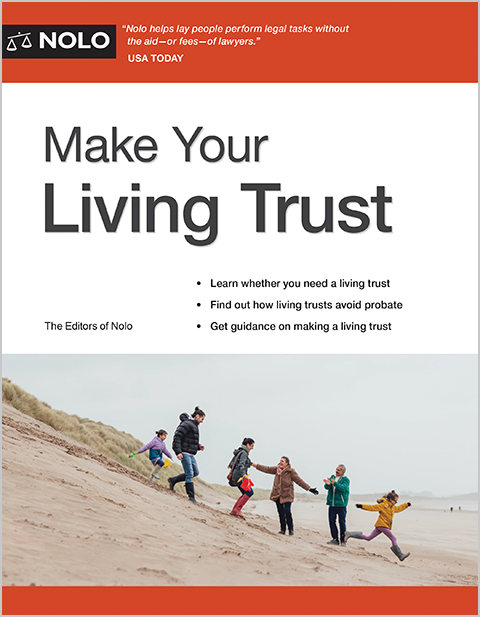For the elderly or ill, a DNR order can document your desire to avoid CPR.
Thanks to TV's obsession with medical emergencies, you've probably heard of "do-not-resuscitate" or DNR orders. Depending on your health and your preferences, you may want to prepare a DNR order when you're thinking about other end-of-life documents.
The Role of the DNR
A "prehospital" or "out of hospital" DNR order contains directions for emergency medical personnel who might treat you if you stop breathing, or your heart stops beating, when you haven't been admitted to a hospital. It tells them that you do not want them to use cardiopulmonary resuscitation (CPR), artificial breathing tubes, electric heart shocks, or other invasive emergency techniques on you. (If you are admitted to a hospital, you can get another DNR order that becomes part of your medical chart.)
DNR orders affect only resuscitation of someone who has stopped breathing or has no heartbeat. They don't have any effect on treatment while you're still breathing. For example, unless your heartbeat and breathing have actually stopped, emergency medical services providers will still try to keep you warm and comfortable, stop any bleeding, and alleviate your pain.
You can express your wishes about CPR in an advance directive, but in an emergency, this document may not be available. And even if emergency responders had access to your advance directive, they probably wouldn't take the time to read it.
As a result, first responders who rush to help someone who has collapsed typically don't know anything about the person's preferences for treatment. They simply do everything they can. The same is true for emergency room staff. The result can be extremely invasive procedures such as intubation and ventilation and CPR.
Should You Obtain a DNR Order?
Unlike an advance directive (or living will and health care power of attorney), a DNR order is not a document everyone needs. Make a prehospital DNR order only if you don't want CPR or other extraordinary measures used on you if you collapse at home or in public.
Why might someone want a DNR order? CPR can save lives, but success rates (especially outside of hospitals) are not high. CPR can also cause significant complications. Typically, people consider a DNR if they have a terminal illness or are at a high risk for cardiac or respiratory arrest. In the words of the Texas law authorizing DNR orders, the document serves allow a person "to forgo resuscitation attempts and … have a natural death with peace and dignity."
You can revoke a DNR order at any time.
Making the Document—and Making Sure It Gets Used
A prehospital DNR order is generally a simple, one-page document; you don't need a lawyer to prepare it. You do, however, need to talk to your physician, who will sign your DNR. In some states, adult witnesses or a notary public must also watch you sign the order.
Many states have their own forms; in others, the form can be written out. Your doctor should be able to provide the paperwork. You can find many states' forms (Illinois, New York, and Texas, for example) online at the state health department's website.
Be sure to follow whatever rules your state imposes—for example, in Florida, a DNR must be printed out on yellow paper. If it's not, it's not legally valid and emergency medical services providers don't have to honor it. If you move to another state (or spend significant time there), get a DNR order that complies with state law.
A prehospital DNR order won't have any effect unless emergency medical personnel see it before they begin CPR. If you have a DNR order, keep a copy in a prominent place—by your bedside or on the refrigerator, where emergency medical staff may look for medication lists. Also keep one in your wallet, even though emergency responders probably won't look there. When you travel, take a copy in your suitcase and make sure whomever you're with knows where it is. You can also buy bracelets that alert emergency medical personnel that you have a DNR.
POLST (Physician Orders for Life-Sustaining Treatment) Forms
Nearly all states now offer another form, called a Physician Orders for Life-Sustaining Treatment or POLST form, which combines features of a DNR and an advance medical directive. (Some states have different names for this form, including POST, MOLST, and MOST.) If you have a terminal illness or are otherwise close to the end of your life, you can also consider making a POLST form. On a POLST form, you can state your wishes about resuscitation and address a few other emergency treatment issues as well. You can find out more about these forms, including the exact name for the form in your state, at About Physicians Orders for Life Sustaining Treatment (POLST) Forms.
To learn more about other ways to document your health care wishes, head to our Living Wills & Medical Powers of Attorney section.
Ready to create your will?



